Зарегистрируйтесь на getAbstract, чтобы получить доступ к этому краткому изложению.

Зарегистрируйтесь на getAbstract, чтобы получить доступ к этому краткому изложению.
Jay Galbraith, Diane Downey and Amy Kates
Designing Dynamic Organizations
A Hands-On Guide for Leaders at All Levels
AMACOM, 2001
Что внутри?
Creating an effective corporate structure means more than just filling in boxes on an organizational chart.
Recommendation
Constant change, economic uncertainty, unrelenting competition and the frenetic pace of cyber-commerce now strain even the most nimble organizations. Traditional leaders designed many companies, especially those more than a few decades old, along strict hierarchical, top-down parameters, so these firms often find it hard to react swiftly to change. Consultants Jay Galbraith, Diane Downey and Amy Kates have assembled their savvy change management counsel to rescue stuck companies. They designed this “thought-guide” to lead executives through the wilderness of organizational transformation. Their experience-based workbook is chock-full of exercises, questions, formats, charts and tools to direct you step-by-step through the process of creating a “reconfigurable organization” that can handle shifting circumstances. While some examples in this near-classic manual are dated, the advice is still spot-on. getAbstract recommends this excellent, nitty-gritty primer on organizational transitions to executives and human resources professionals.
Summary
About the Authors
Jay Galbraith teaches at the University of Southern California and at Lausanne’s International Institute for Management Development. Diane Downey is president of Downey Associates International, where Amy Kates is vice president and senior consultant.




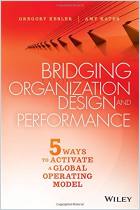
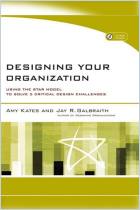
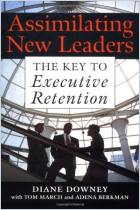
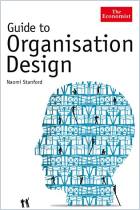


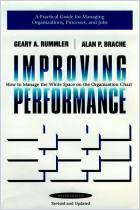







Comment on this summary